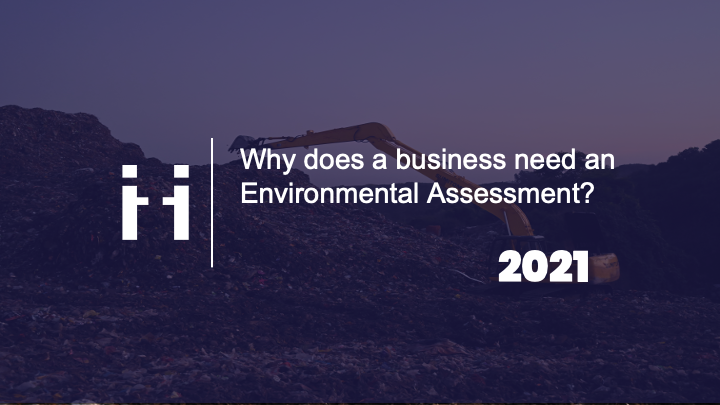
Share this article
Share this article
Environmental assessments are means to ensure that environmental impacts are taken into consideration before decisions are implemented. Environmental assessments study the impact of specific business projects such as the construction of a dam or airport, as these projects could significantly affect the environment. The Environmental Impact Assessment (EIA Directive 2011/92/EU) lays down conditions under which a project would need to conduct an environmental assessment and the procedure to carry out an environmental impact assessment in the case of individual projects. The Strategic Environmental Assessment (SEA Directive 2001/42/EC) governs the environmental impact assessment procedure for public plans and programs.

Environmental impact assessments typically consist of
i. screening processes to determine the projects that require environmental impact assessments,
ii. identification of key issues that will be addressed in the environmental assessment, called scoping,
iii. impact assessment and evaluation,
iv. consultation with stakeholders,
v. and analyzing the proposed alternatives and different mitigation measures,
vi. Review of Environmental Impact Statement (EIS) and decision.
The decision-making authority will review the Environmental Impact Assessment Report and give a decision on whether the environmental impacts are significant and whether the project can be carried out.

Environmental impact assessments only need to be carried for those projects that might have significant environmental impacts, thereby ensuring efficient allocation of public and private resources. Different national legislations law down the specific conditions under which environmental assessments need to be conducted. The National Environmental Policy Act (NEPA) for example in the USA requires federal agencies to assess the environmental effects of proposed actions before making decisions. The EU directives lay down a screening procedure on basis of either i. case by case analysis, ii. or on basis of thresholds laid down by individual EU member states. Projects that normally require environmental assessments are i. Power plants, ii. Mining projects, iii. Dams and water management projects, iv. Projects located in forests and environmentally sensitive areas, v. large-scale transportation projects, etc.
Environmental impact assessments can be classified on basis of their scope as i. Strategic, ii. regional, iii. sectoral and iv. Project-level environmental impact assessments.
Strategic environmental impact assessments analyze the environmental impact of policies, plans, and programs. Strategic impact assessments seek to integrate environmental considerations into higher levels of decision-making.
Regional impact assessments integrate environmental considerations into the developmental planning for a geographic region within a country.
Sectoral impact assessments deal with environmental issues concerning the development of specific sectors.

Project level impact assessments study the environmental effects of individual projects.
Humans are closely connected to the environment. All human development is likely to have an impact on the surrounding environment and vice versa. Owing to the complex relationship between humans and their environment, it is important to predict the environmental impact of proposed actions before implementing them.
Environmental impact assessments are based on the precautionary principle and the principle that preventive measures must be taken to avoid irreversible or significant environmental harm. In the event of environmental harm, steps to mitigate the damage must be adopted and a polluter must pay to ensure that there is no long-term environmental impact. Moreover, businesses need to be aware of the environmental impact of their actions to avoid unforeseen legal and financial consequences.